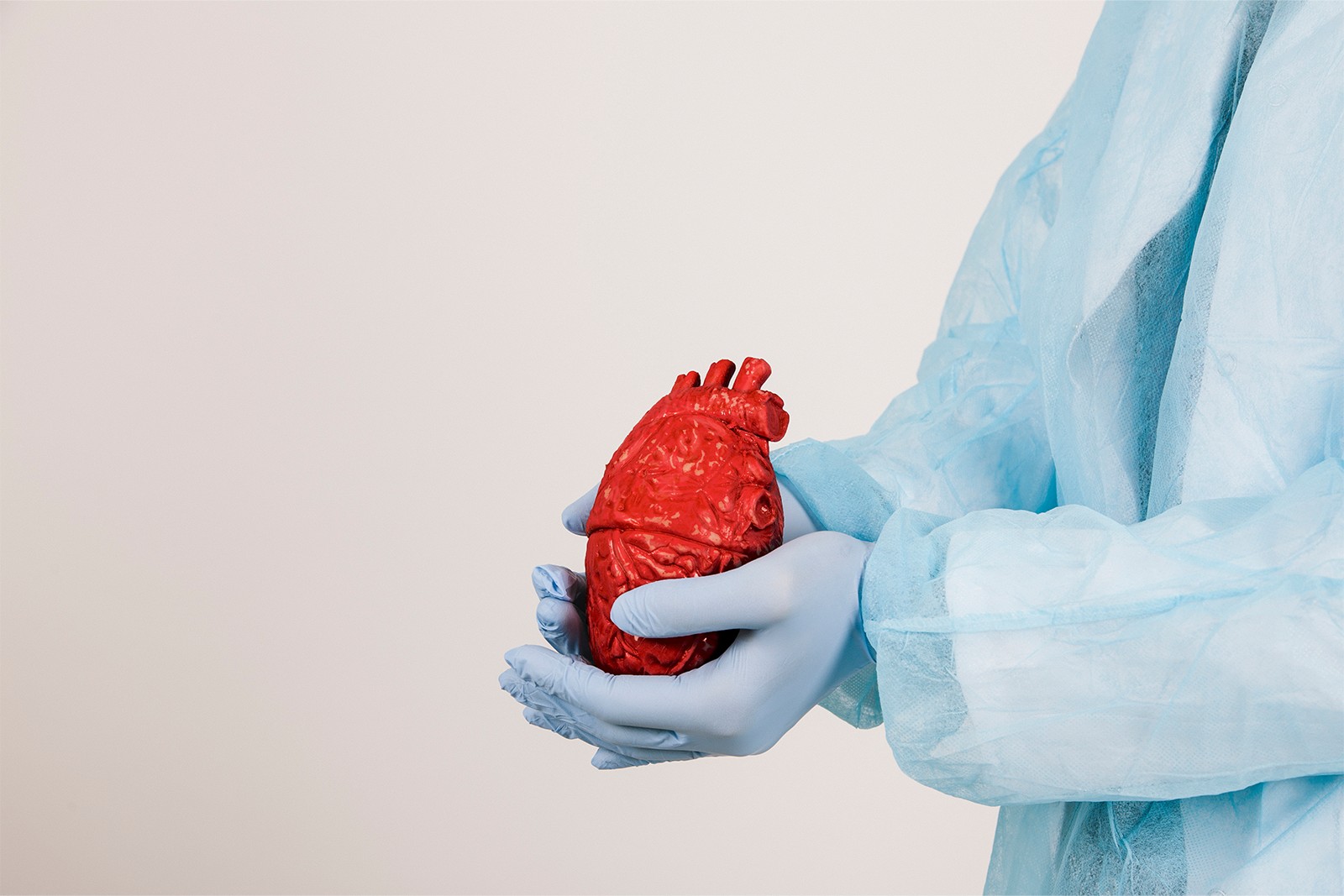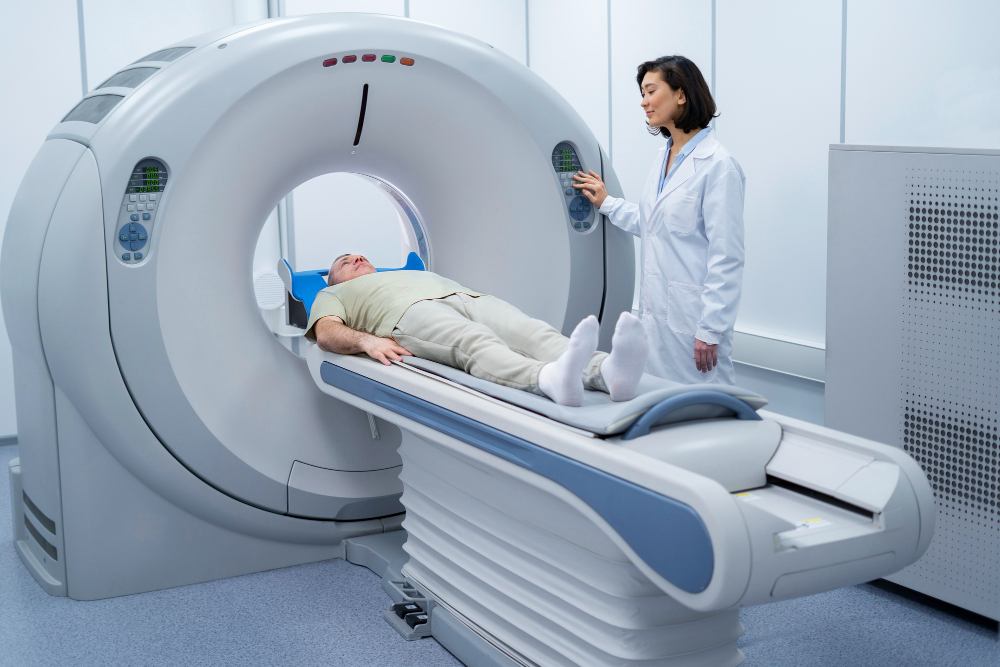When it comes to our health, early detection is the key, especially for heart-related issues. Capitol Cardiology Associates understands this, which is why we emphasize the importance of cardiac imaging in preventive care. This powerful tool aids in diagnosing existing heart conditions and also plays a central role in preventing problems before they become serious. Continue reading to find out how preventive heart care works, the different types of cardiac imaging, and their benefits.
What Is Preventive Heart Care?
Preventive heart care focuses on identifying risk factors and early signs of heart disease before symptoms become evident. This proactive approach involves regular check-ups with a trusted heart doctor and various diagnostic tests, including cardiac imaging. A cardiologist can recommend lifestyle changes, medications, or further tests to manage and mitigate risks. The goal is to maintain heart health and prevent conditions like heart attacks, strokes, and other cardiovascular diseases. Cardiac imaging allows doctors to visualize the heart’s structure, function, and blood flow, providing invaluable information for early intervention. Techniques such as echocardiograms, CT scans, and MRIs enable cardiologists to detect abnormalities that might not be apparent through physical examination alone. This comprehensive understanding helps medical professionals create personalized preventive plans for each patient.
Techniques for Cardiac Imaging
Cardiac imaging encompasses several techniques, each offering unique insights into heart health. One of the most common methods is the echocardiogram, which uses ultrasound waves to create detailed images of the heart. This non-invasive test helps in evaluating the heart’s chambers, valves, and pumping action. It is particularly useful in diagnosing conditions like heart failure, valve disorders, and congenital heart defects. CT angiography is another vital tool, especially for assessing coronary artery disease. This test involves the use of a contrast dye in the bloodstream and taking detailed X-ray images of the heart’s blood vessels. It allows cardiologists to identify blockages or narrowing in the arteries, which could lead to heart attacks if left untreated. Similarly, cardiac MRI provides high-resolution images of the heart’s structures and is excellent for detecting tissue damage, tumors, and other anomalies. Nuclear imaging, such as PET scans, offers another layer of detail by showing how blood flows through the heart and highlighting areas with reduced blood supply.
The Benefits of Early Detection
Early detection through cardiac imaging allows for timely intervention, which can improve patient outcomes. Identifying issues like blockages or structural abnormalities early helps cardiologists implement treatments that prevent the progression of heart disease. Early detection often means less invasive treatments. For instance, identifying a minor blockage early might be managed with medication and lifestyle changes rather than surgical interventions like angioplasty or bypass surgery, which reduces the physical and emotional stress on patients and lowers healthcare costs.
Personalized Preventive Plans
Every individual’s heart health needs are unique, and a one-size-fits-all approach is often ineffective. By using detailed imaging data, a competent heart doctor can customize preventive strategies to each patient’s specific risk factors and health status. For example, a patient with a family history of heart disease but no current symptoms might benefit from regular echocardiograms and lifestyle counseling. In contrast, someone with early signs of coronary artery disease might require more frequent CT angiography and medication management.
Are You Searching for a Qualified Local Cardiologist?
If you are concerned about your heart health or have risk factors for cardiovascular disease, don’t wait for symptoms to appear. Schedule a consultation with a physician at Capitol Cardiology Associates today. Our personalized approach to preventive care ensures that you receive the best possible protection against heart disease.






